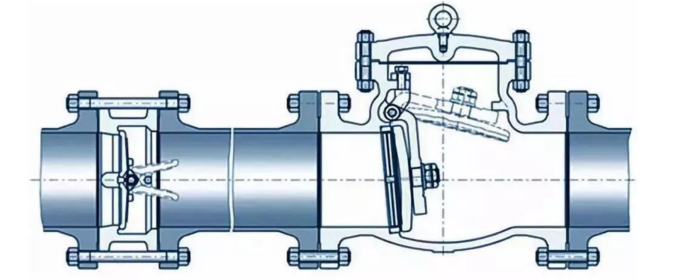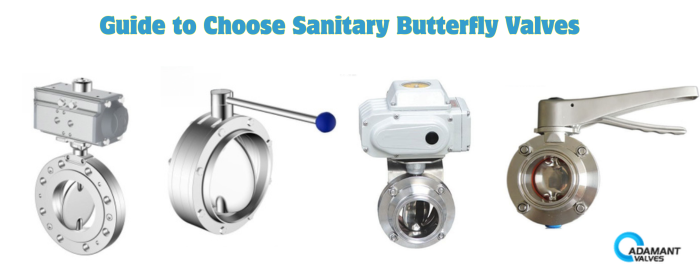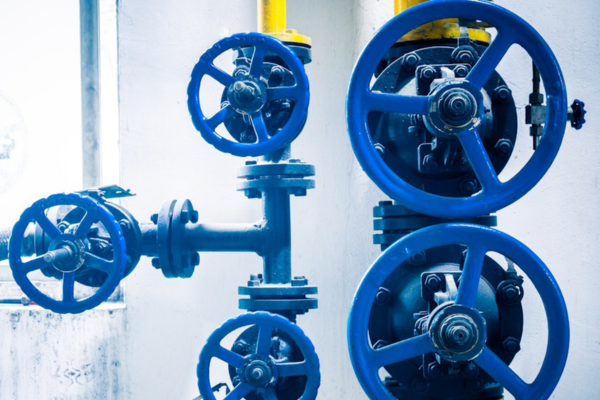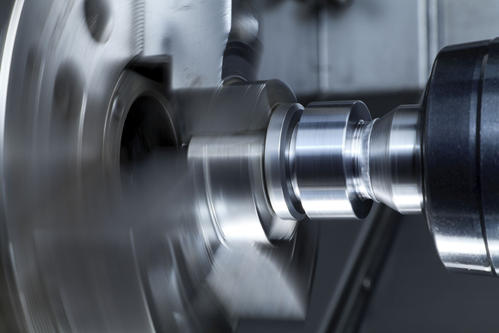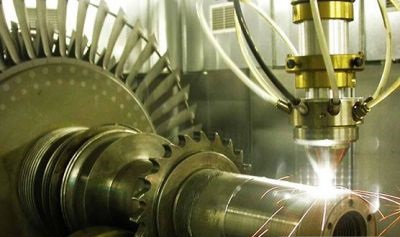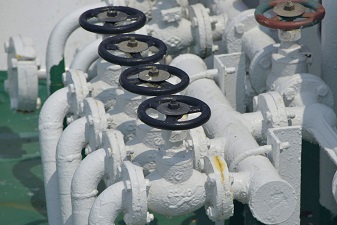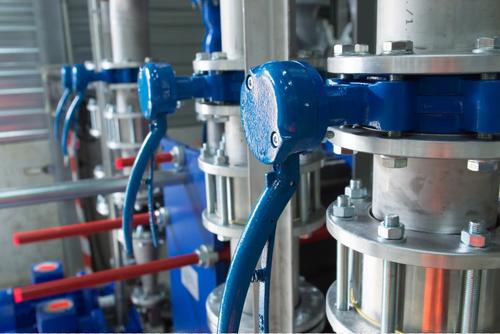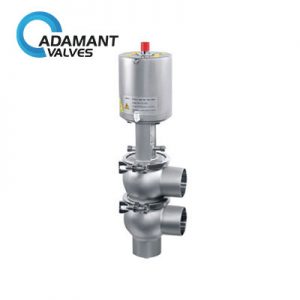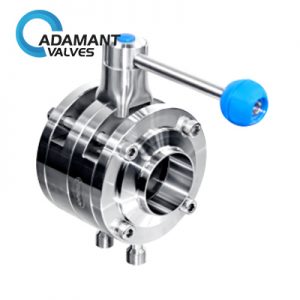Category: Valve Operation
Are All Valves Closed Clockwise and Opened Counterclockwise?
In daily life, we use many valves. We might follow a simple rule: “Turn right to tighten (clockwise), turn left to loosen (counterclockwise).” But is this rule always true? Are all valves really closed clockwise and opened counterclockwise? The answer is: Yes, in most cases. But there is a very important exception. The General Rule: Righty-Tighty, […]
Read moreWhere Should a Check Valve Be Installed?
How is the installation location of a check valve determined? What is the difference between installing a check valve before the pump versus after the pump? Where is pre-pump installation suitable? Check valves are often used with other valves. So, where should the check valve be installed when used in combination with other valves? Let’s […]
Read moreGuide to Choose Sanitary Butterfly Valves
Sanitary butterfly valves are key parts in fluid control systems. They are widely used in industries with strict hygiene needs, like food, beverage, pharma, biotech, and cosmetics. These valves help control fluid flow accurately while keeping the product safe from contamination. Picking the right type and size is very important. It affects how well the […]
Read moreWhat to Do If a Sanitary Valve Leaks or Gets Stuck
Sanitary valves are essential parts of piping systems. Sanitary valves are used in pharma and food industries. When sanitary valves leak or clog, problems arise. Production can be put behind schedule. Product quality is compromised. Understanding why this happens and how to repair it is essential. Why a Sanitary Valve Could Leak and How To […]
Read moreTypical Failures of Pilot Relief Valve
With the development of construction machinery hydraulic system towards the direction of medium, high and ultra-high pressure, pilot relief valve is widely used in the oil control pipelines of construction machinery hydraulic systems. In practice, in order to maximize its efficacy and protect the control system, accurate and timely diagnosis and troubleshooting of sanitary relief valve […]
Read moreHow to use Pneumatic Sanitary Valves?
The pneumatic sanitary valve adopts standard electronic polishing, a smooth surface to ensure the cleaning, and it has no media accumulation area and will not generate potential pollution, which is widely used in food, pharmaceutical, cosmetic, clean steam, liquor, beverage, and biochemical industrial process control. Attention should be paid to the use of the pneumatic sanitary valve […]
Read moreThe Use and Mechanism of Track Plug Valve
The use of track plug valve: Track plug valve is suitable for pipelines of various working conditions such as petroleum, chemical, pharmaceutical, fertilizer, and electric power under the nominal pressure CLASS150-900LBS and working temperature of -29-180 °C. It is used to shut off or connect the pipeline medium. The main structural features of the track […]
Read moreWays to Improve the Service Life of Regulating Valve
1. Service life improving the method of the large opening operation Make sanitary regulating valve operate at the maximum opening from the very beginning, such as 90%. In this way, cavitation, erosion, and other damages occur in the head of the valve core. With the damage to the valve core, the amount of flow increases, correspondingly […]
Read more7 Types of Wear Produced During Valve Operation
Due to frequent opening and closing and erosion of the fluid medium, the wear of sanitary valves is generally classified into the following types. Adhesive wear Adhesive wear is usually caused by sliding between metals. As the two pieces of metal are pressed together, the uneven surfaces come into contact with each other to form contact […]
Read moreThe Maintenance of Valve Stuffing
1. Stuffing is a key sealing member that is directly related to whether there’s a leakage when the valve opens or closes. If the stuffing is no longer functional and causes leakage, the valve is in effect no longer functional. Especially the urea pipeline valve, because of its relatively high temperature and corrosion, stuffing is […]
Read more

